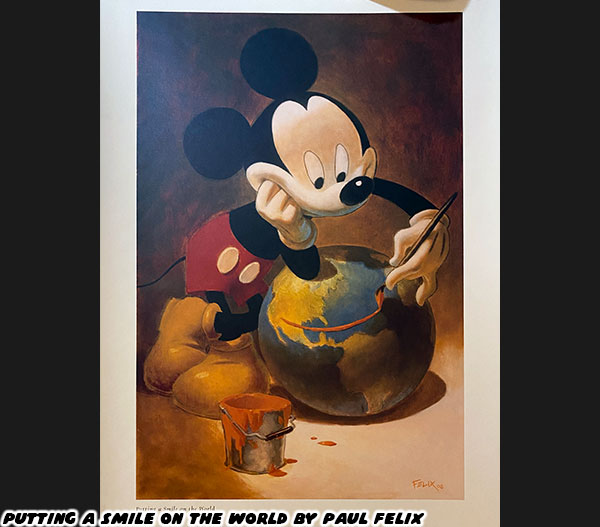
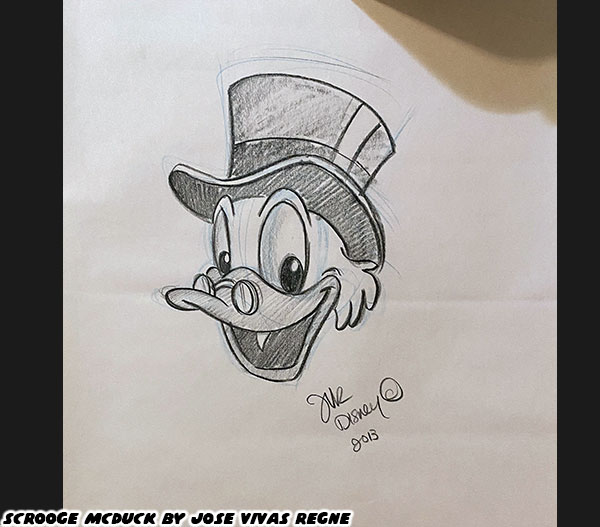
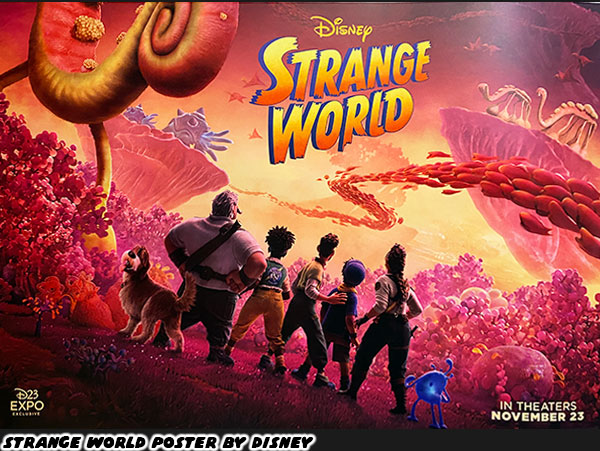
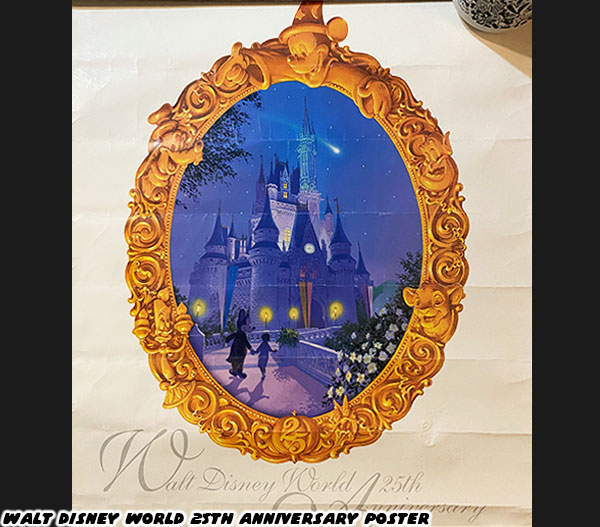
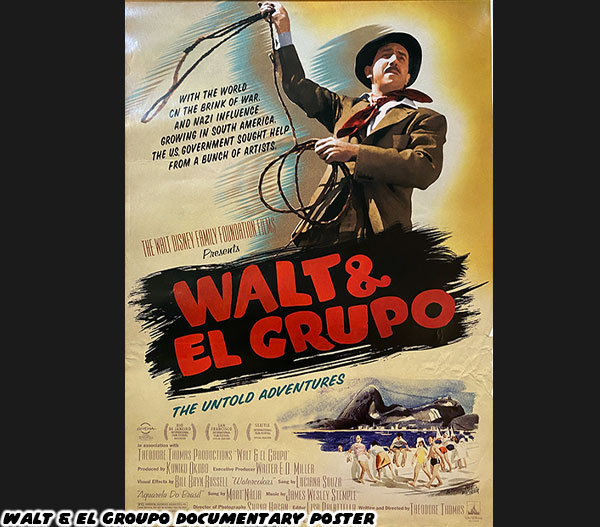
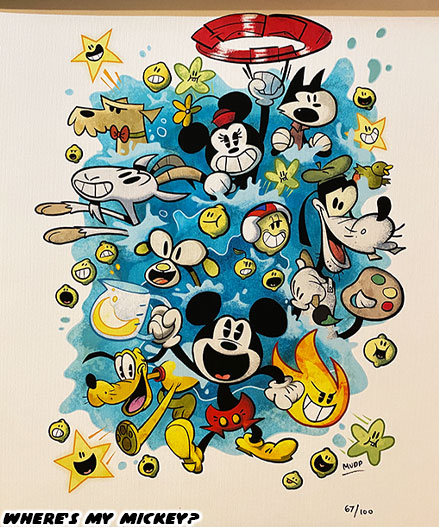
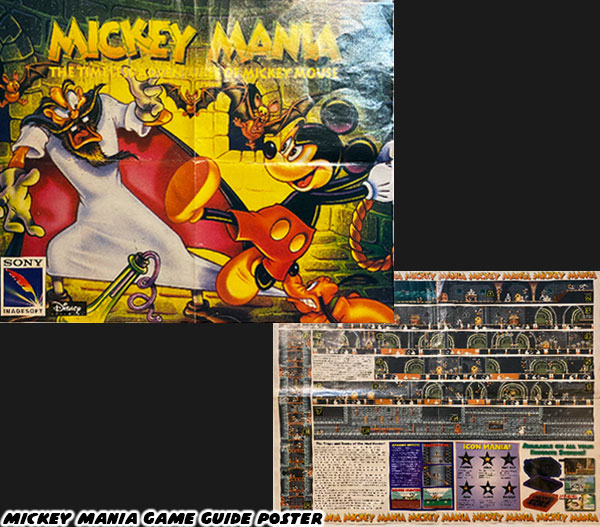
A blog about my interests, mainly the history of fighting games. I also talk about animation, comic books, car culture, and art. Co-host of the Pink Monorail Podcast. Contributor to MiceChat, and Jim Hill Media. Former blogger on the old 1UP community site, and Capcom-Unity as well.







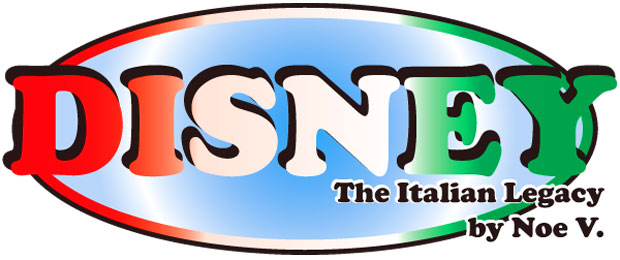
Warren Spector was passionate and knowledgable about the Disney universe, this message was obvious in Epic Mickey and his DuckTales story thus far. As a die-hard Disney fan he was familiar with the work on most of the television shows and especially the comic books. He knew the various incarnations of characters in comics produced domestically as well as overseas. Through Kaboom Studios Mr. Spector was able to find a good middle ground between the comic canon laid out by Carl Barks, the animated canon of DuckTales and the Eurpean take on the universe as well.
The first issue of Warren's DuckTales had a strong visual impact. This was because of the differences in coloring between American and Italian comics. In Italy the artists that worked on Topolino magazine were also the inkers and colorists. The magazine itself was full color but the turnaround time was very short. Each issue of Topolino averaged 180 pages which meant that artists had to have pages pencilled and inked at a rapid pace, leaving little time for artistic touches.
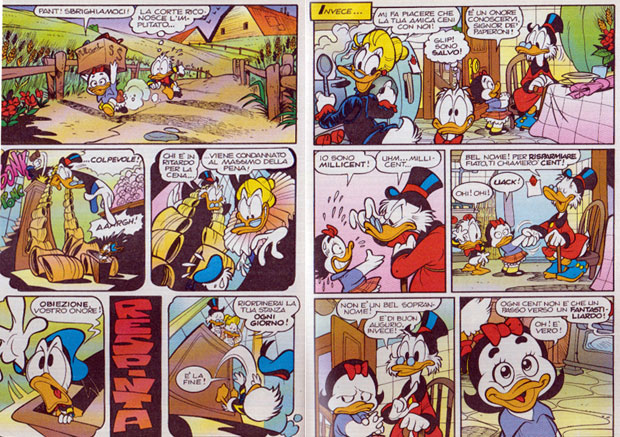
In the US most comic books averaged 24-36 pages and the inking and coloring duties were often delegated to specialists. This meant that the art on many US comics had a stronger visual impact than those featured in Topolino. The colors used in the various Topolino stories were solid and flat, there were almost no shadows, midtones or highlights on any character. The colors themselves were very bright but rarely did they have any gradation. The massive volume of pages turned out could explain why the art was minimalistic.
Some of the better artists in Topolino used rendering techniques in ink to create gradations for the panels while still using flat colors underneath. Unfortunately these artists and stylistic panels were few and far between. The best coloring jobs usually ended up on the covers or on promotional material.
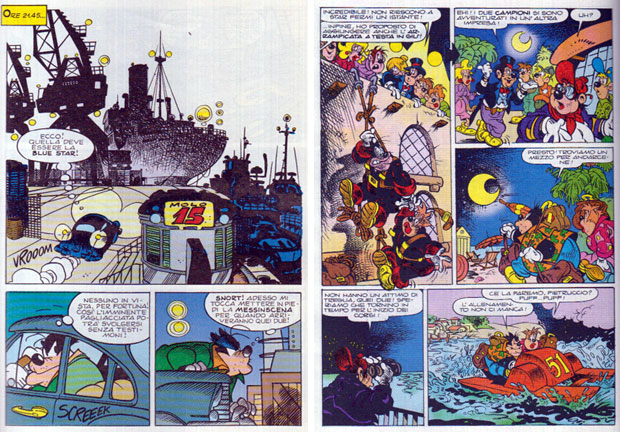
Kaboom Studios went with western coloring team Magic Eye Studios for the pages of DuckTales. This same team helped color several of the other Disney comics published by Kaboom including Darkwing Duck. Many of the panels in Darkwing Duck for example took advantage of digital coloring effects. Characters could be colored, given highlights, shadows and mid-tones and then on top of that have lighting, transparencies and even blurs and weather effects added to the art. These were coloring effects that would have been impossible with the traditional techniques used in Topolino. Advances in digital coloring, effects, higher quality paper and digital presses allowed the art featured on the pages of Darkwing Duck and DuckTales to match the vivid style of the animated shows they were based on. At the same time these techniques were also more time consuming than those used overseas.
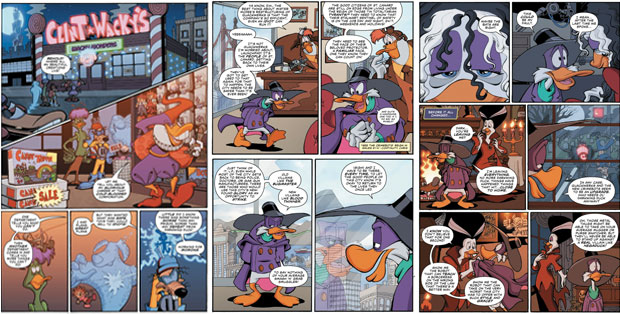
These advances weren’t cheap either, the cost on average for a comic book had shot up to $3. The trade off of quantity versus quality pages of art and story was worth it for US consumers. They had grown to expect a high level of visual impact in the graphics department, especially since digital coloring and magazine-quality paper had been a standard for over a decade.
The Spector version of the DuckTales universe became much more interesting because of the choice for rival. Mr. Spector’s comic worked in regards to the Italian approach of villain choices Rockerduck was the tycoon with little respect for Scrooge’s hard-earned fortune. The fact that he was a younger and more impulsive mogul gave him a bigger chance for doing something brash to Scrooge.
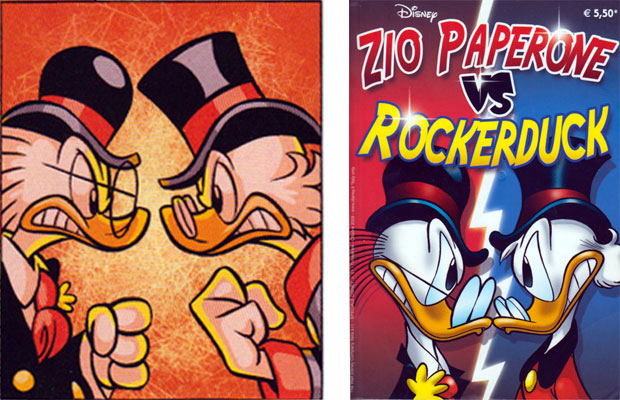
Warren slipped Rockerduck right into the start of story and kept pushing forward with the plot masterfully. He knew that readers unfamiliar with the character would pick up instantly if he was supported with great dialogue and shown doing something devious or underhanded later on.
At the same time Warren did not completely ignore the established US canon for DuckTales. That was why he went with Webby as the character that could get the ball rolling on a new adventure. Her innocent voice would have sold the idea of returning treasure to the rightful owners. This plot could then easily unfold into a more grand adventure.
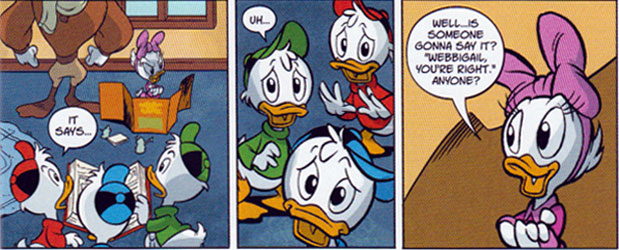
The story by issue #2, included a return to the island of Ripan Taro and a cameo from a giant jellyfish featured the classic Carl Barks story of The Status Seekers. Mr. Spector had filled the adventure with many nods to the classic comic adventures. The entire series thus far seemed to be rooted in a lot of nostalgia and material that had been covered in previous adventures. In the museum on the first issue of DuckTales the characters pass many treasures that had been gathered over the decades of the classic Barks stories. Scrooge even mentioned how some treasures were added to his collection from the adventures of other characters. Like how the crown that got stuck around Gladstone Gander’s neck in the Secret of Hondorica was now featured in the museum.
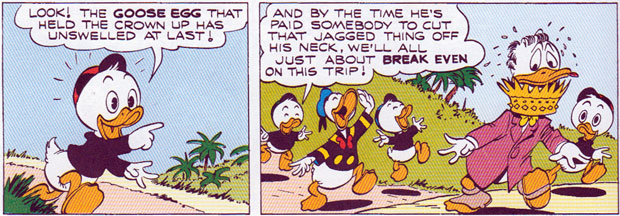
These nods to the canon established by Barks were great for fans of the comics but possibly lost to those that were only familiar with the cartoon series. Worse, the series thus far seemed to be a retread, if not several layers of retread material.
Don Rosa tied up my entire Italian Legacy theme. He was an Italian-Irish-Scottish-American whose full name was Keno Don Hugo Rosa and was named after his Italian grandfather Gioachino Don Rosa. Mr. Rosa was without a doubt the undisputed master of modern duck storytelling. He picked up all of the qualities that made the Carl Barks adventures memorable and then expanded upon them. He was able to connect the dots between actual historical events and phases through Scrooge's lifetime, all while managing to fold those adventures right into Barks continuity. Not unlike the research required to pull off historical Forrest Gump or Dan Brown sleight-of-hand. The problem for the Spector DuckTales comic was how similar it was to material created by Don Rosa. The whole idea of Scrooge having a museum display his treasures had been covered in the the story the Son of the Sun. Those first pages also managed to cram a lot of treasures from canon into the background. In that story Flintheart Glomgold, not Rockerduck, played the major villain.
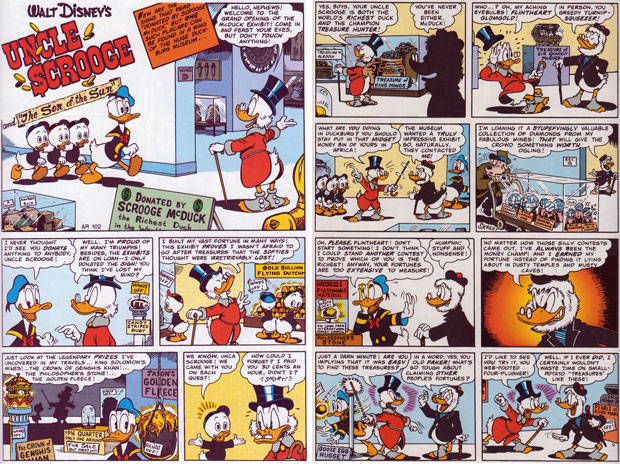
Flintheart challenged Scrooge to a treasure hunt instead of tricking him into returning the treasures. The winner of the bet would be the one who found the single greatest piece of Incan treasure. This allowed Rosa to revisit the Andes and craft a story that was in the classic vein but completely new to audiences. The story took place geographically in the same part of the world of an earlier story yet there was no overlap of specific locations or even supporting characters. The same could not be said of Spector's DuckTales story. It was the Status Seekers in reverse as it took the Candy Striped Ruby past a giant jellyfish to the island of Ripan Taro to be returned to King Fulla Cola. To be fair Don Rosa also revisited Barks locations and canon and in one story had even written the adventure path backward from the original story as well.
In the story Return to Xanadu Scrooge, Donald and the nephews went on a new treasure hunt. The ducks used historical data and even the poem by Samuel Taylor Coleridge to track down a location for the final resting place of Kubla Khan. Scrooge knew the legends of the fabled location must have been true because he had the crown of Kubla's grandfather Genghis Khan. He had retrieved it from a Yeti hidden in the nearby Himalayan mountains. Most avid fans of the Barks universe knew that the ducks had never been to Xanadu in any prior story yet were eager to find out what Don Rosa was crafting.

Rosa took the ducks across some very interesting and exotic locals and the entire journey supported the clues and historical data through winding mountain passes and hidden underground tunnels skirted by a river which went on for miles. Eventually the ducks came across an enormous underground reservoir and a bridge that had been destroyed leading up another tunnel. The poem suggested they were indeed following the right path because in order to reach Xanadu they had to go backwards through the locations described.
"It flung up momently the sacred river.
Five miles meandering with a mazy motion
Through wood and dale the sacred river ran,
Then reached the caverns measureless to man,
And sank in tumult to a lifeless ocean"
The ducks found a way across the river by damming the lifeless ocean and walking up another tunnel. What they discovered was breathtaking for both new and old fans. The hidden valley of Xanadu turned out to be the same one visited decades earlier called Tralla La in the Carl Barks Story Time To Dream. This serene place was in and of itself was a take on the hidden valley of Shangri-La. Don Rosa sublimely gave that valley a back door under the guise of a completely new treasure hunt. Where the story went from there was pure genius. I would be hard pressed to find a fan of the universe that saw this revisit of a classic location coming.
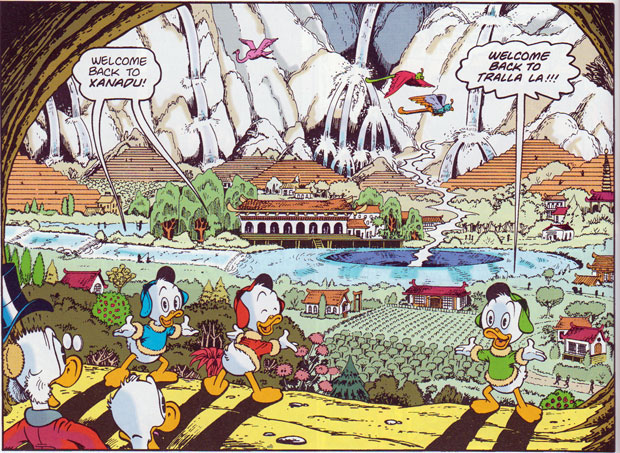
The DuckTales adventures by Mr Spector did not seem to have the same hidden path or "back door" to a greater adventure. In the two issues presented thus far everything was plainly laid out and foreshadowed with scenes featuring a saboteur. The art was fantastic, the nods to comic book and cartoon canon were great but the story did not seem to have enough substance. There was too much reliance on fanservice and nostalgia and not enough story construction. By comparison the pilot series of the DuckTales cartoon, the search for the Treasure of the Golden Suns was a fantastic and completely original adventure. Written by Jymn Magon, Bruce Talkington and Mark Zaslove the series captured the spirit of the Barks and even Rosa adventures without overlapping into any previous stories.
The lack of substance and reliance on established canon for the new DuckTales comics was indicative of some traps that other Disney comics were falling into. The stories were becoming too safe, too childlike rather than family oriented. Even the very first Carl Barks comic Donald Duck finds Pirate Gold! had recently been revisited by Kaboom studios in the story Donald Duck finds Pirate Gold… Again!
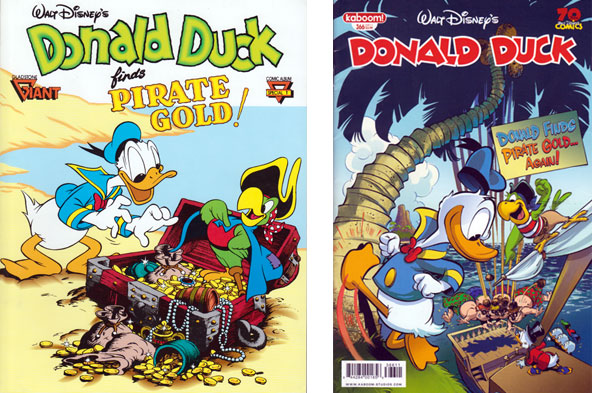
The DuckTales comics had just started and I was undoubtedly being too heavy handed with my criticism in this blog. However in order to make the series work with new and returning fans Mr. Spector has to take the rest of the series into some figurative and literal unexplored waters. For those stories I cannot wait. If you were a fan of the television series and want to rekindle those memories then you owe it to yourself to pick up this new series. They would be big hits for Disney fans, especially those that play games and read comics as a family. I hope you enjoyed this series. If you have any comments of questions please let me know.
As always if you would like to sponsor me please visit my Patreon page and consider donating each month, even as little as $1 would help make better blogs and even podcasts!
Kaboom studios was working with Warren Spector on a new DuckTales comic. They wanted the title to rekindle the themes and characters from the animated show as well as call up the great adventures featured in the comics. Italians Leonel Castellani, Jose Massaroli working with Magic Eye Studios handled the art duties. Other Kaboom Studio artists like James Silvani were tapped to do alternate covers.
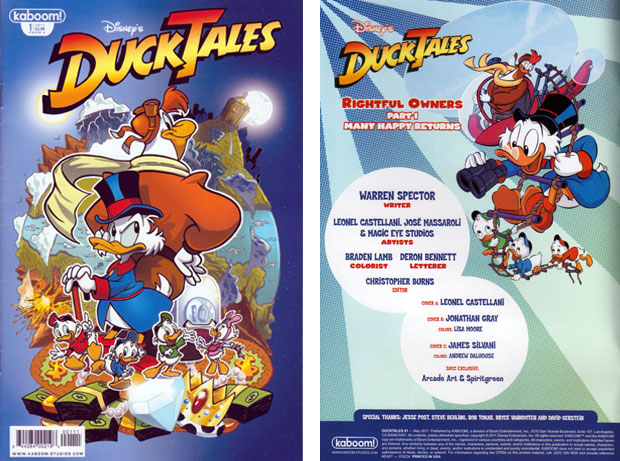
The story "Many Happy Returns" started off with a bang. Scrooge McDuck jumped out of a plane piloted by Launchpad McQuack. Scrooge then parachuted into the opening of a museum exhibit featuring the treasures from his collection. The nephews Huey, Dewey and Louie as well as Webby Vanderquack were waiting for him. They jumped on Scrooge and lavished him with affection The heart of the animated series was very much based on the relationship between the kids and Scrooge. Mr. Spector, a self proclaimed fan of the series brought this up right away.

At the the museum the ducks were met by Curator / Chief Billups and his assistant Farquardt. John D. Rockerduck, one of Scrooge's oldest enemies was also waiting. This was where Mr. Spector's story differed from DuckTales continuity. Flintheart Glomgold played the villain in most of the DuckTales episodes, whereas Rockerduck never even appeared on the show. Mr. Spector began building the rivalry between the two tycoons for readers. The core of each personality would be played up in the dialogue so that even if a reader had never heard of Rockerduck they would understand that he was a major player in Duckburg.
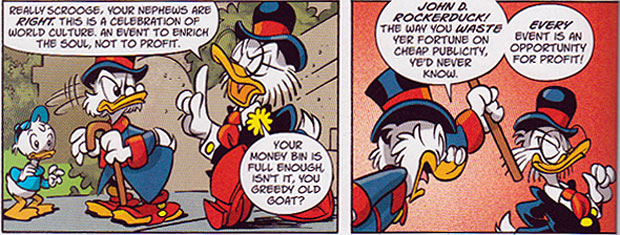
The group went through the museum where the kids questioned Scrooge on his collection and where Rockerduck challenged the purpose of showing it off. The panels illustrated within the museum were filled with tremendous detail. The various treasures the ducks had chased in previous stories were almost all present, if not mentioned in dialogue. Such as the The Fabulous Philosopher’s Stone, the Crown of the Mayas and a golden coat made from the mythological material featured in the Golden Fleecing story. From the earliest Bark's stories to the most recent Don Rosa adventures, if it was in canon then chances are it was on display in the background for all the fans to enjoy.
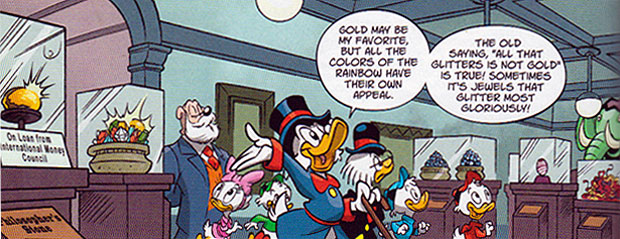
Webby questioned Scrooge if some of his treasures were gotten through unfavorable dealing. In one adventure Scrooge had traded King Fulla Cola on the island Ripan Taro some candy for a Candy-Striped Ruby On that island money was useless so Scrooge could not buy the Ruby outright. The sign of status for the island natives was in having a large belly, so Scrooge was able to able to barter the empty calories found in candy to King Fulla Cola. Scrooge defended his actions to and kept the group moving through the museum. Eventually they came across some rare creatures that Scrooge had also managed to bring back on his adventures, including the cantankerous unicorn from the Trail of the Unicorn story and a dinosaur from a latter story. All heck broke loose until Launchpad was able to separate the stampeding beasts.

At a reception party afterwards in the McDuck mansion the young ducks and Launchpad were seen playing the pencil and paper RPG Ducks and Danger. As the game master Webby was trying to convince the adventurers to return the treasure they had been collecting. She challenged the triplets by offering the idea that ill-begotten treasure was nothing more than stealing. The right thing in her mind was to return what had been taken. If that moral worked in the game then it should have worked in real life. Again Mr. Spector demonstrated an understanding on the subtle relationships in the DuckTales universe. Webby often acted as a moral compass for the characters and especially Scrooge. In many episodes her diminutive voice acted as a conscience for Scrooge, not unlike Jiminy Cricket did for Pinocchio.
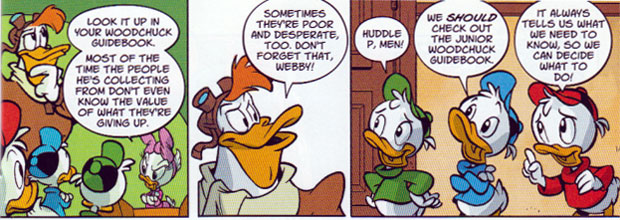
Webby argued that the right thing to do was convince Uncle Scrooge to return the treasure to their rightful owners It was a noble idea, yet there was a mysterious person wearing a bowler hat and standing out in the hallway eavesdropping on the conversion. When the kids approached Scrooge about returning the treasure he said it was a preposterous idea. That was until he learned that Rockerduck was conducting a press interview stating that he was returning the treasures he had collected back to their rightful owners. He publicly challenged Scrooge to do the same.
It was obvious to most readers that Rockerduck was baiting Scrooge for a big showdown. Scrooge accepted the challenge and even offered to return two artifacts for every one of Rockerduck's. Scrooge saw this as an opportunity to prove that he was a better philanthropist on top of being a better businessman and would prove that to the media.
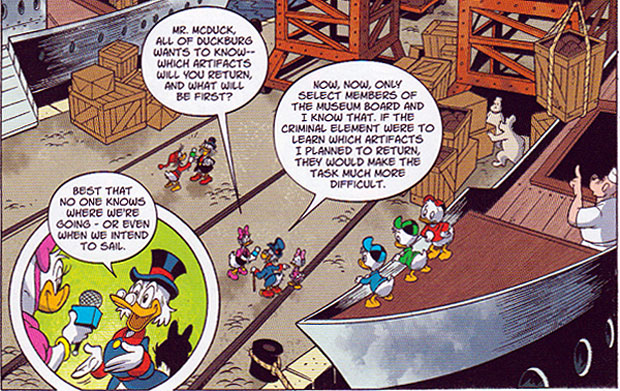
The first part of the adventure ended on the docks where Scrooge was beginning his first journey with Webby at his side. Daisy Duck and Fethry Duck made cameos as news reporters while on the other side of town a mysterious figure had gathered members of the underworld, including not only villains from Duckberg but also from the nearby St. Cannard better known as the home of Darkwing Duck! These criminals were told the locations and order for the treasures to be returned. Each of the named treasures harkened back to a classic adventure and possibly gave readers a hint as to how long the series was expected to run.

Fans of the DuckTales animated series should consider looking into these comics. They contained the same spirit of adventure and fantastic premises which earned the show a strong following. Fans of the classic Disney comics might not be as interested in the books because they seem to be retreading a lot of material. The next blog will explore the good and bad things going for the Warren Spector comic. I hope to see you back for that.
As always if you would like to sponsor me please visit my Patreon page and consider donating each month, even as little as $1 would help make better blogs and even podcasts!
If the subject for the blog was about Disney board games most would automatically assume that I was talking about the licensed board games. Disney’s version of Monopoly, Disney’s version of Clue or even Disney’s version of Candyland might come to mind. Yet Disney used to produce original board games which honored their legacy and were instantly collectable at the same time. Some of the earliest were based on Disneyland attractions and were both fun and highly collectable. This blog will talk about one of the rarer board games from overseas.
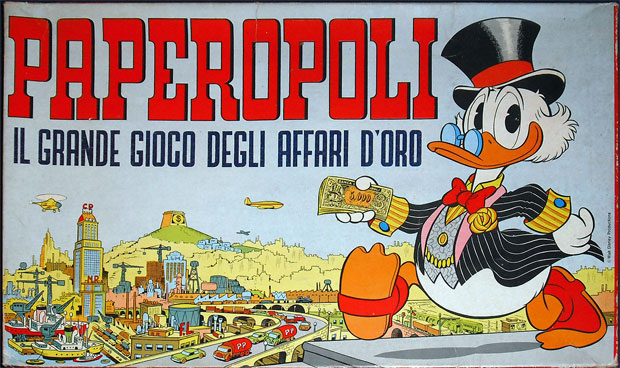
The 1974-75 release of Paperopoli Il Gran Gioco Degli Affari D’oro was a high-water mark for the Italians. Paperopoli was the Italian name for Duckberg. The subtitle translated to the Great Game of Business Gold. This game was ambitious in scope and execution. The game was designed for a maximum number of 6 players. A quick look at the contents could identify the various items used in the playing of the game. There were six cone shaped markers identifying the players and six major commodities to collect. Assets were tracked on individual portfolios. Transactions were made with large sums of colored paper money.
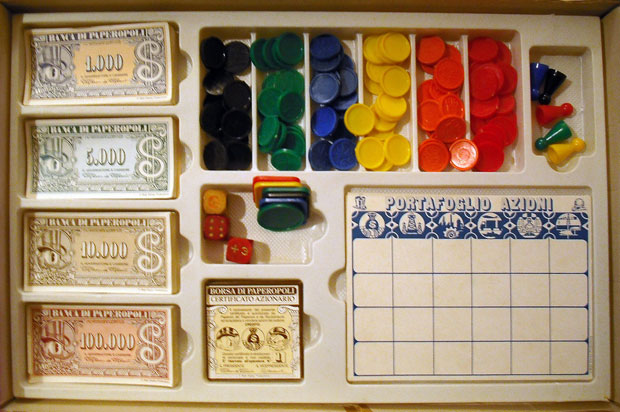
The game took its inspiration from Monopoly, with colored paper money involved and commodities that could be collected during the play. However the game had far more of a business spin to it.
Players started with a share of a particular business; Commerce, Industry (Manufacturing), Transportation, Credit, Oil or Construction. Stakes in each business were denoted by colored chips or tokens with impressions of the business logos on them. Players would then take turns going around the board trying to make money by buying or selling stakes in their portfolio.

The board itself was based heavily on comic book canon. Just about all of the major players from the pages of Topolino were featured on the squares including Mickey Mouse, Donald Duck, Daisy Duck, Goofy, Gladstone Gander, Scrooge McDuck, Moby Duck, Jubal Frostfeathers Pomp, John Rockerduck, the Beagle Boys, Magica DeSpell and Madam Mim. The latter two spell casters were used to create “earthquakes” or violent changes in the market. After all, what could explain the sometimes turbulent "invisible hand of economics" if it wasn’t magic? Players made their way around the board, affecting the various businesses by landing on squares and collecting commodities or by adjusting the stock market wheel, which was denoted on a separate board. Players gained or lost money depending on what they were invested in. Players in the lead got to hold onto Scrooge’s Number One coin to denote their business superiority.
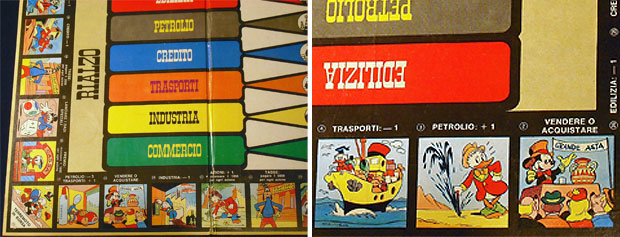
Just because a player started in a particular industry it did not mean they were locked into it. Players could diversify their portfolio and try to cover the markets they felt held the most potential. The entire mechanic was brilliant for teaching players about the ins and outs of business culture and the stock market. As far as I know this play mechanic had not been repeated in any board game.
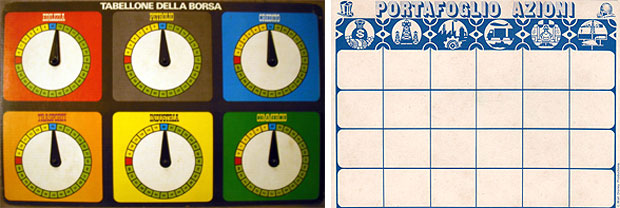
The game was very cleverly put together and layered in tremendous detail. The bright illustration on the cover gave a clear shot of the city and highlighted all of the various industries in Duckberg, making sure to include buildings and commerce owned and operated by the major players in Duckberg.
Each of the items included in the game carried over the same themes and attention to detail. The stock certificates for example reinforced the graphics imprinted on the colored plastic chips. They looked like tiny shares underwritten by both Scrooge and Rockerduck and could be set onto each player's portfolio.
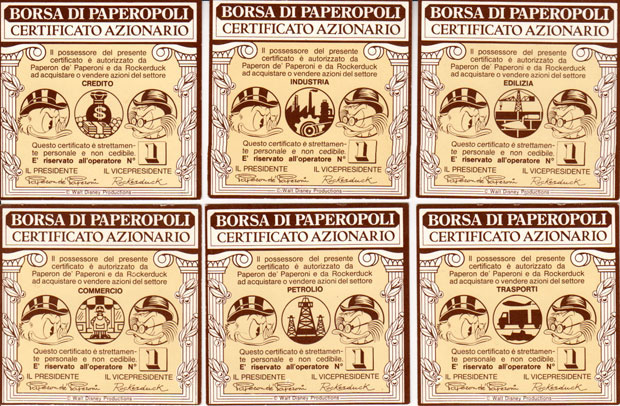
The baknotes were pure works of art. The currency of Paperopoli was signed by the Bank Governor and Cashier Zio Paperone, the Italian name for Uncle Scrooge. These bills were far more impressive than the currency used in Monopoly. The denominations were also much larger in Paperopoli than in Monopoly. The smallest bill in Monopoly was $1 while the largest was $500 The smallest denomination in Paperopoli was $1000 with the largest being $100,000.
The denominations in Paperopoli had to be large given the shares of industries that could be purchased. The stock market in Paperopoli could cause shares to jump exponentially up or down in price meaning that fortunes could be made or destroyed rather quickly. Additionally the bank notes had to be in high denominations because the goal of the game was to be the first to reach $1 Million or be the last player not to go bankrupt.
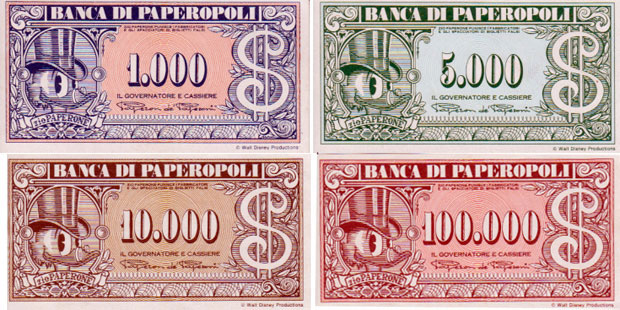
The design, concept and execution of Paperopoli were nothing short of genius. The game demonstrated the type of innovation that Disney was capable of when they put their best foot forward. The thing that helped elevate this game to greatness was more than the tremendous amount of work that went into it but instead the exclusivity of the title. Paperopoli was only available for order from the pages of Topolino magazine.
Italian fans that admired and appreciated the Disney universe could get a fantastic game that could never be found in any toy, hobby or department store.
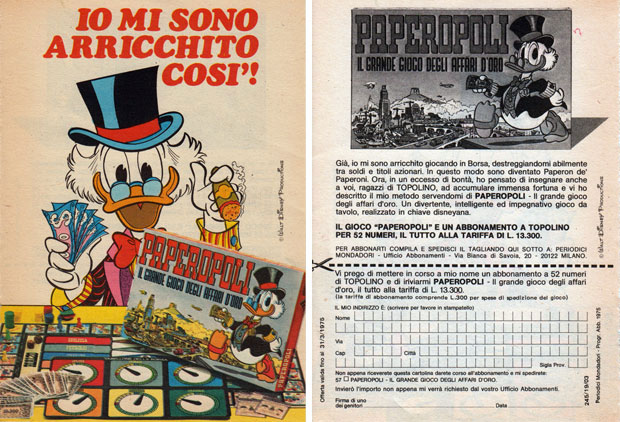
These types of promotional items were not uncommon in the pages of Topolino, just like the gadgets, figures or toys available to subscribers. Publishers rewarded fans of Disney with unique collectables designed for the whole family. There was nothing similarly available to Disney fans in the USA by comparison. This did not mean that Disney in the USA was not trying. The fledgling D23 the Official Fan Club for Disney enthusiasts was launched to try and reach out to the generations of fans and find out what their interests were. Subscribers would receive a poster or pin unavailable in any store. There was still a long way to go before fans in the USA had the same choices as those in Italy. In the past few years the publishers of Topolino had been helping the US Disney offices reach more fans than ever before. How they did it will be explored in the next blog.
As always if you would like to sponsor me please visit my Patreon page and consider donating each month, even as little as $1 would help make better blogs and even podcasts!